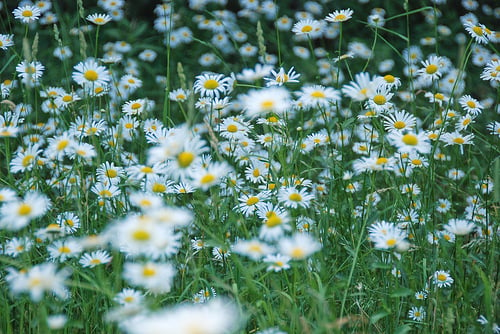In his inimitable style, Doug Johnson posed a research question that I’m pondering this evening–
“Is requiring print resources a sacred cow that needs to be put out to pasture?”
My initial response(from his site) was that:
“I have very mixed feelings about this. It feels somewhat artificial sometimes to say “one print source” but on the other hand, I have seen students go from one print source to using ten, and being engrossed in their subject and it really enticing them in. And we also say “1 peer-reviewed journal” here, for example, or “1 periodical online or offline” so I’m not sure where we draw the line.
It’s not that I think everything on the internet is wrong, or that it’s not out there–but sometimes, I just wonder if the key is–how do we show students how to pick the right resource for the right job?
I think our guidelines have to be flexible. I think we have to consider topics like your son’s and what would work best for him.
Maybe to make this formula less simple, what we should ideally do is conference with every student about their paper(using a discussion board, chat, physical conferences) and suggest the very best resources for THEIR topic. Point their boat in the right direction and then let them steer but also have them self-evaluate their route and how successful it was for them?
I know sometimes we boil things down to formulas to make it simpler–“Don’t end a sentence with a preposition”, for example, or “Every essay has five paragraphs,” but then again I think these formulas ultimately hem in our students. . . .
I’m not going to defend books just because I’m a librarian–I’m going to just say that there is so much serendipity, comfort and wisdom in writing–no matter what the form it takes, that we should honor it in how we approach it with students.”
In considering this dilemma more, I really think it boils down to how we approach the research process in general. If any of us are doing “real” and deep research, of course we would consult all sorts of sources–we’d want to know who the experts are, whether we find them on the web, which leads us to their books, or vice versa?
Many many articles and blog posts relate ideas back to books, where an idea can be far more fully developed than in an article in a journal or on a website or blog. But are we asking students to use books because they “should?” or are we asking them to examine books because they would inform their research and expand their thinking about it? So many assignments we ask students to do in terms of research are more like reports than like research–in which case, any brief and concise and accurate source will do. But when we are asking more something more, something which engages them more deeply, then I warrant all sorts of sources are important and significant.
I also think that how we teach research has gotten pretty sloppy, to put it bluntly, in the internet age. I’m not one for notecards, or prescriptive methods, but we just sort of toss students out online too often with some sort of minimal scaffolding and minimal expectations of quality or evaluation on students’ part. (Of course sometimes quick research has its purposes, and I’m not talking about those sorts of straightforward fact gathering purposes).
In his post, Doug suggested that what is more key than the type of source is having student defend each of their sources in their bibliography, justifying the quality and purpose of it. This seems like such a pragmatic way to bring in that much needed element of evaluative thought into their research process, and models for them how we as adults examine and consider a source.
And when we ask students to construct meaning through the process of research, then it’s likely that books will very often be a significant part of the equation–not because we “made them” use them, but because the students found that they added meaning to what they were learning.
Isn’t that why we all read books? and websites? and articles?
So, Doug, I’m not sure I really answered your question, but perhaps reframed it–I just want students to be able to find the juicy wild daisies in that pasture 🙂
Image credit: http://www.flickr.com/photos/joesflickr/666951546/
